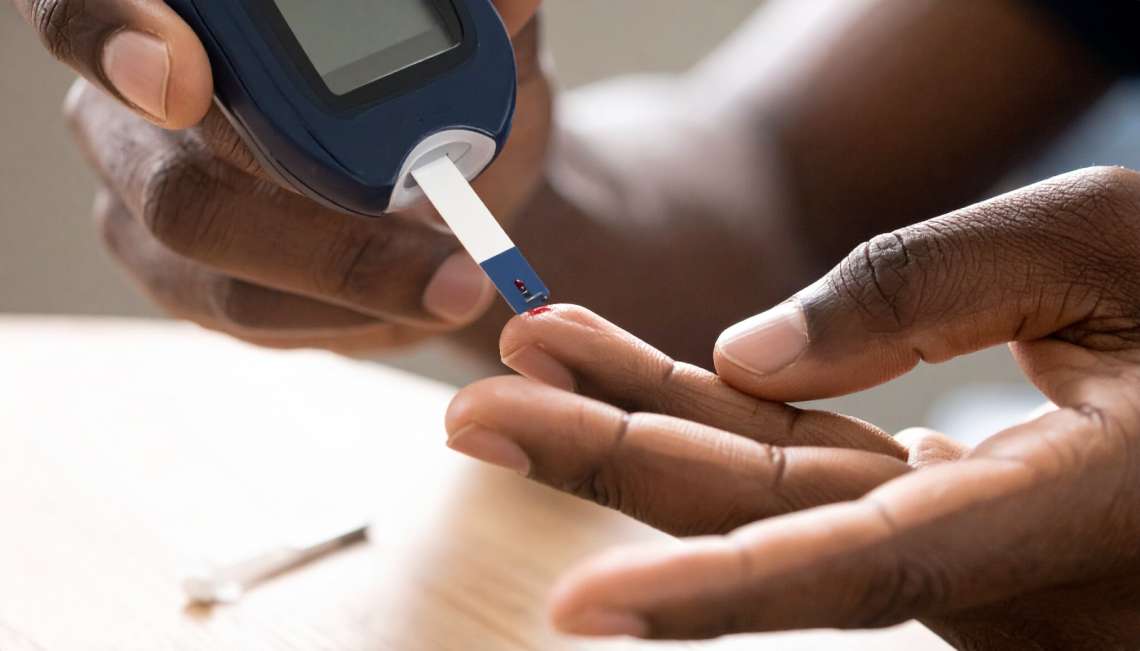Wheezy child or Child with Asthma; Does Nebuliser or Inhaler better? In my clinic, I frequently see children who wheeze during illness/ are asthmatic. A frequent question that I keep getting asked by parents – is giving asthma medication to a child through a nebuliser more beneficial than using a metered dose inhaler (MDI) with a spacer? …..A special column by Dr Nitin Verma is a UK trained Consultant Paediatrician and Allergist

A nebuliser is a device that takes a liquid solution(medication) and turns it into a fine mist that can be inhaled. The advantage of using nebulisers is that they are very easy to use. You have to place the medication in the machine, switch it on, and breathe normally from the mouthpiece or mask till the medication is finished- around10 minutes. With nebuliser, less than 10% of the aerosolized drug reaches the lungs, with large deposits remaining in the apparatus or on the face, and the remainder lost to the surroundings.
On the other hand, an equally if not better and effective way of giving asthma medications is by a metered-dose inhaler, or MDI. MDIs are harder to coordinate than a nebulizer, but when they are used with a spacer, coordination is much easier, and the delivered dose is more consistent. Infants and young children lack the coordination required to trigger and simultaneously inhale a drug when using MDIs. The use of spacers with mouthpiece or face mask overcomes this difficulty. Spacers have a one-way valve that allows medication to move out of the chamber when child is breathing in but holding medication particles in the chamber when child breathes out. As such, spacers can eliminate the need for coordinated breathing when taking MDI medication. In general, children younger than 5 years of age will require face masks to assist with medication delivery through the spacer. Learning to use a spacer device for child and family doesn’t take that long.

Optimizing a child’s cooperation is important, as compliance with treatment affects medication delivery. In a study, 94% of parents with children 1-5 years old reported that spacers were easier to use than nebulizers, and 62% believed that the MDI+Spacer was better accepted by their children.
Nebulisers are used to give high doses of medicine in an emergency when you’re having an asthma attack in an ambulance or in hospital. Nebulisers should ideally not to be used to treat mild to moderate asthma symptoms. This is because the latest research shows using a blue reliever inhaler (salbutamol MDI) with a spacer is:
- just as effective
- just as easy
- quicker to use
- cheaper
- causes fewer side effects
For the vast majority of children with asthma, nebulisers are not recommended for treating asthma symptoms at home because:
- you might wait longer before getting medical help when your asthma symptoms are getting worse. This can be dangerous. If your asthma symptoms are getting worse, you need to seek medical attention straight away.
- nebulized salbutamol causes much more heart rate increase and tremor than salbutamol from a MDI/spacer. This is mostly attributed to the higher dose of salbutamol medication that is given through a nebuliser.
- all nebulisers need to be serviced regularly whereas this is of no concern with a MDI. Spacer should be cleaned at least once a month.
Are there any studies to prove that MDI+Spacer combination is any better than nebuliser usage in hospital settings?
There has been lots of research going on to address this question.

The use of a MDI+Spacer has been shown to be more effective than use of a nebulizer in young children in the emergency department setting in multiple studies across the western world. A summary of multiple research studies highlighted that children younger than 5 years of age with moderate to severe worsening of wheezing experienced reduced hospital admission rates and lower severity of symptoms with the use of MDI+Spacer compared with a nebuliser.
A research study of children younger than 24 months of age who presented to an emergency department with mild to moderate wheezing assessed participants for clinical improvement using these treatment modalities. The use of a MDI+Spacer resulted in faster symptom resolution and improvement at 1 hour as compared to nebuliser.
Saying that, there is a definite role for medication given through nebuliser in an emergency/life threatening asthma where the speed of medication delivery is of essence and trained medical staff are present to continuously monitor the child’s clinical condition, which is not possible in home settings.
There is a common misconception that nebuliser therapy is a better treatment than a MDI+Spacer. This is simply not true. Multiple studies have shown that patients receiving salbutamol from a MDI/spacer combination do just as well as, if not better than, patients receiving nebulised salbutamol.

Dr Nitin Verma :Dr Nitin Verma is a UK trained Consultant Paediatrician and Allergist. He completed his Paediatric Specialty Training in North East of England and Allergy degree from Southampton University. Before coming to Dubai, he was working as a Consultant Paediatrician/Allergist at Darlington Memorial Hospital, UK. He currently conducts General Paediatric, Paediatric Respiratory and Allergy clinics in King’s College Hospital London Clinic in Dubai (Jumeirah & Marina).










